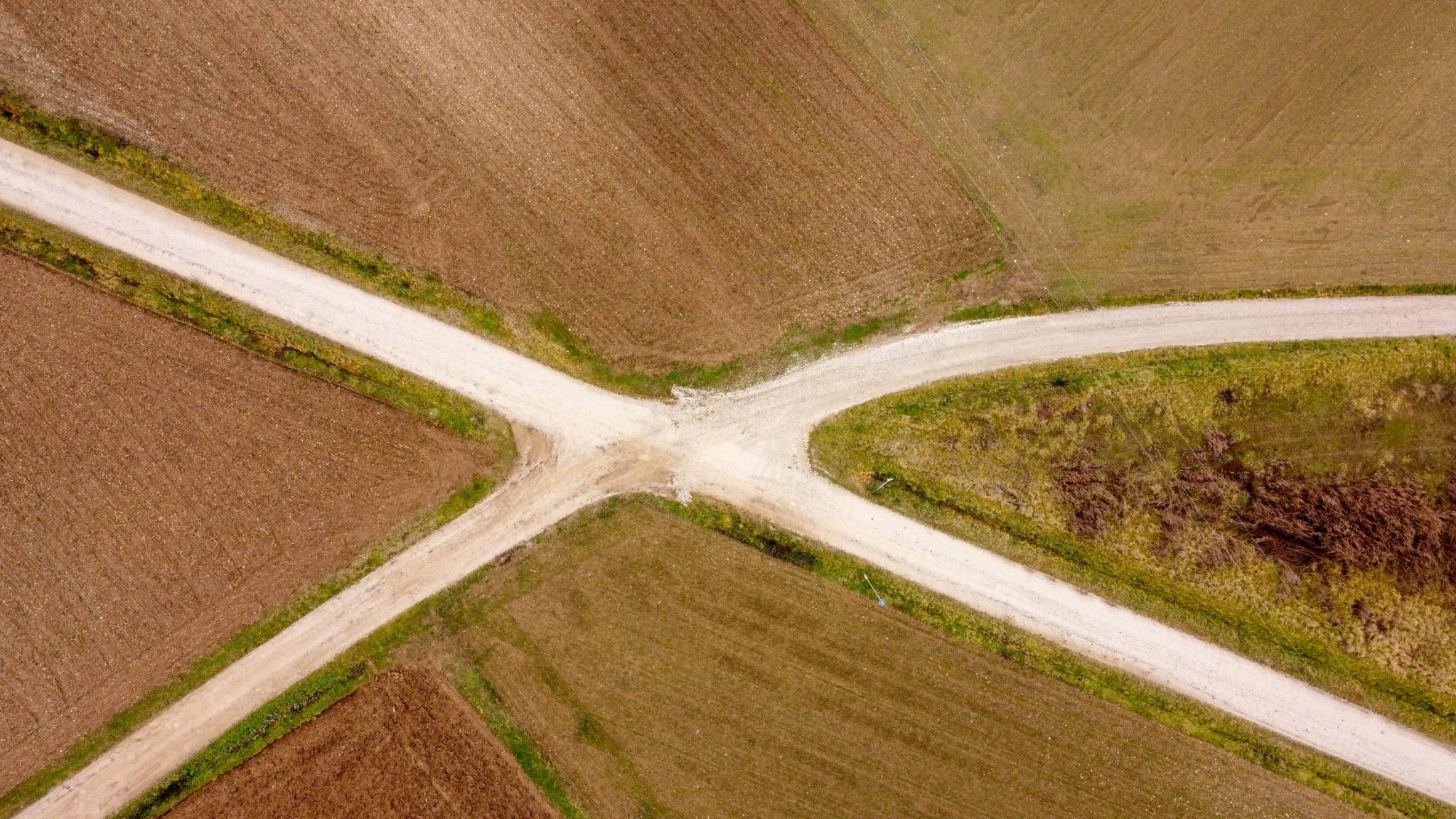Paths to climate neutrality
Targeting climate policy – from individual sectors to a system perspective
How can Germany meet its climate targets and achieve climate neutrality by 2050? It is clear that this will only be successful with far-reaching changes. To shape energy transition policy effectively, Ariadne systematically examines options with a unique combination of systemic consistency and sectoral detail. What works in individual sectors does not necessarily achieve the overall climate target. Ariadne therefore combines a detailed view on the industrial sector, the buildings and transport sectors, and the expansion of renewable electricity production with an overall view of the energy system. Only by having the overall picture in mind can viable paths for achieving the goals be developed and assessed.
The following four paths are the initial focus of the scenario analysis:
1 Focus on hydrogen: On this path, hydrogen plays a key role as an energy carrier in areas where the direct use of renewable electricity is difficult to implement, such as in fuel cells for power trucks or for iron smelters in industrial steel production. The scenario considers both hydrogen produced in Germany and imported from abroad.
2 Focus on synthetic fuels: This scenario focuses on the use of renewable synthetic fuels that replace fossil fuels such as petrol or diesel for cars and trucks, or petroleum-based raw materials in industry. In particular “green e-fuels” play a role: electric fuels produced with the help of renewable electricity from water, and from CO2 extracted from the atmosphere. The use of e-fuels reduces the need for changes to industrial processes or transport modes. Nevertheless, the direct use of renewable electricity also plays a significant role in many sectors in this scenario.
3 Focus on direct electrification: In this scenario, energy use is almost entirely switched to direct use of renewable electricity. For example, industry, transport and building sectors are directly electrified to a large extent, combustion engines are replaced by electric motors, and gas boilers are replaced by heat pumps and electric heaters. Hydrogen and synthetic fuels are only used in certain sectors and to a limited extent.
4 Technology mix: This path relies on the use of mixed technology portfolios – a mix of the other three scenarios’ technology strategies with their focus on hydrogen, synthetic fuels and direct electrification.
Ariadne enables a particularly detailed perspective on the energy transition by using different, mutually complementary models. The models REMIND (PIK), REMod (Fhg-ISE), PyPSA-Eur (TUB) and TIMES PanEU (IER) address the overall system. In turn, these results are closely linked to the sectoral view of the industrial model FORECAST (Fhg-ISI), the transport models DEMO (DLR-VT), ALADIN and ASTRA-M (both Fhg-ISI) and the building model REMod (Fhg-ISE).
The latest results of the Ariadne scenario analysis can be viewed online at any time in the Scenario Explorer. Flexibly customisable graphics and tables are also available there. The download area contains the latest scenario data as well as all previous versions.
News from the project
Scenarios, Industrial transition, Heating transition, Electricity Transition, Transport transition, Hydrogen |
More new fossil gas heating systems, only tentative progress: energy transition update
Reduced fossil fuel consumption due to the energy crisis, tentative positive signs in the expansion of renewable energy capacities, electric cars and heat pumps – but not fast enough, according to new figures from the Ariadne Transformation Tracker. Moreover, …
to Press releases


